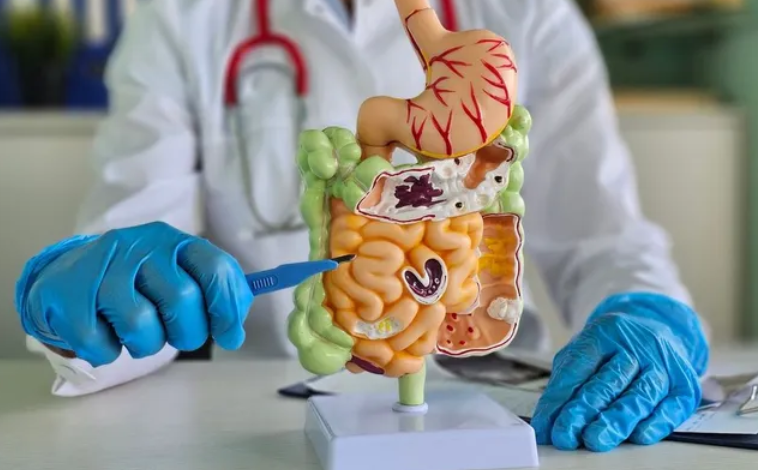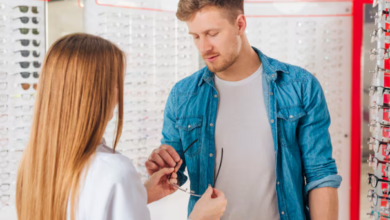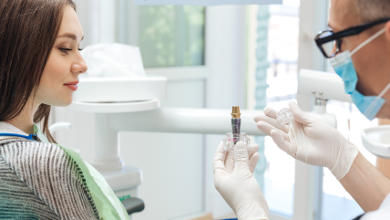Understanding the Components of an Intravenous System

Introduction
In modern medical care, intravenous therapy plays a vital role in delivering medications, nutrients, and fluids directly into a patient’s bloodstream. This method ensures rapid absorption and precise control over dosage. The setup used for this process is called an intravenous set, which consists of multiple parts designed to work together efficiently. Understanding iv set parts is essential for healthcare professionals to ensure safe and effective patient treatment.
What is an Intravenous Set?
An intravenous set, commonly known as an IV set, is a medical device used to transfer fluids or medicines from a container into a patient’s vein. It is widely used in hospitals, clinics, and emergency settings. The system allows controlled administration of solutions while maintaining sterility.
Each part of the set is carefully designed to regulate flow, prevent contamination, and ensure patient safety. Knowing the structure and function of each component helps in maintaining accuracy during infusion therapy.
Main iv set parts and Their Functions
1. Drip Chamber
The drip chamber is one of the most visible components of the IV system. It allows healthcare professionals to observe the flow rate of the liquid. Each drop that passes through the chamber provides a visual cue to adjust the infusion rate. Additionally, it prevents air bubbles from entering the tubing, ensuring the safety of the patient.
2. Spike
The spike is a sharp, pointed component that connects the IV set to the fluid container, typically a bottle or IV bag. It pierces the container’s rubber stopper or port to establish a pathway for fluid flow. Since this part comes into direct contact with the solution, it must remain sterile to avoid contamination.
3. Fluid Filter
The fluid filter removes impurities or small particles that might be present in the solution. This step is crucial to prevent foreign materials iv set parts from entering the bloodstream, which could lead to serious complications. Depending on the type of infusion, filters may vary in pore size to allow smooth passage of liquid while blocking contaminants.
4. Tubing
The tubing acts as the main channel through which the fluid travels from the container to the patient. It is usually made of medical-grade PVC or flexible plastic, designed to withstand pressure and maintain sterility. Tubing length varies depending on clinical needs. Smooth inner walls ensure consistent flow without blockages.
5. Flow Regulator
A flow regulator, sometimes called a roller clamp, is attached along the tubing to control the rate of fluid delivery. By adjusting this component, healthcare providers can increase or decrease the drip speed according to prescribed dosages. It offers precise control, ensuring patients receive the right amount of medication or fluid.
6. Injection Port
The injection port allows healthcare workers to introduce additional medications into the existing fluid line without disconnecting the setup. It helps in administering secondary drugs or antibiotics safely. Ports are equipped with a rubber or self-sealing membrane that maintains sterility after each use.
7. Y-site Connector
A Y-site connector provides an extra access point for administering multiple solutions through a single line. It is shaped like the letter “Y,” allowing two or more fluids to merge before entering the vein. This design is especially helpful in intensive care units where patients need simultaneous medication infusions.
8. Luer Lock Connector
The luer lock connector attaches the IV set to the cannula inserted into the patient’s vein. It provides a secure and leak-proof connection, minimizing the risk of accidental disconnection or leakage. Luer lock mechanisms are standard in most modern sets due to their reliability and ease of use.
9. Needle or Cannula
The needle or cannula is inserted into the patient’s vein to deliver the solution directly into the bloodstream. In current medical practice, flexible cannulas are more common than metal needles, as they are safer and more comfortable for patients. Once inserted, the cannula remains in place, and the IV set connects through the luer lock fitting.
10. Protective Cap
The protective cap is used to cover the spike or needle when not in use. It helps maintain sterility and prevents accidental injury or contamination. This simple part is vital in maintaining hygiene and ensuring patient safety.
See also: Lawn Care Services Oakville Expert Tips for a Healthy, Green Yard
Different Types of Intravenous Sets
Depending on medical requirements, IV sets are categorized into several types:
Standard IV Sets
These are used for routine fluid administration and come with a basic set of components, including tubing, drip chamber, and flow regulator.
Blood Transfusion Sets
Specially designed to handle blood and blood products, these sets include filters and larger tubing to prevent clot formation.
Pediatric IV Sets
These are designed for infants or children and feature smaller components for precise flow control.
Vented and Non-Vented IV Sets
A vented set includes an air vent for bottles requiring air pressure to maintain flow, while non-vented sets are used with collapsible bags that do not need air entry.
Importance of Proper Assembly
Assembling iv set parts correctly is essential to ensure the infusion process is safe and accurate. Improper setup can lead to air embolism, leakage, or incorrect dosage delivery. Therefore, each component should be inspected for integrity and sterility before use. Medical staff must also ensure that air bubbles are removed before starting the infusion.
Maintenance and Disposal
While most IV sets are disposable, some specialized parts may be reusable if made from durable materials. However, strict sterilization procedures must be followed to prevent infection. Used IV sets should be discarded in biohazard containers according to hospital waste management protocols.
Safety Considerations
Ensuring patient safety is the primary goal during IV therapy. Proper handling of iv set parts, maintaining sterility, and monitoring flow rate are all crucial steps. Healthcare professionals should wear gloves and follow aseptic techniques throughout the procedure. Regular training also helps minimize risks associated with IV administration.
Conclusion
Understanding iv set parts and their functions is essential for anyone involved in patient care. Each component, from the spike to the luer lock, serves a critical purpose in ensuring safe and efficient fluid delivery. Proper knowledge, handling, and assembly of these parts not only enhance patient safety but also improve the effectiveness of intravenous therapy in clinical practice.





